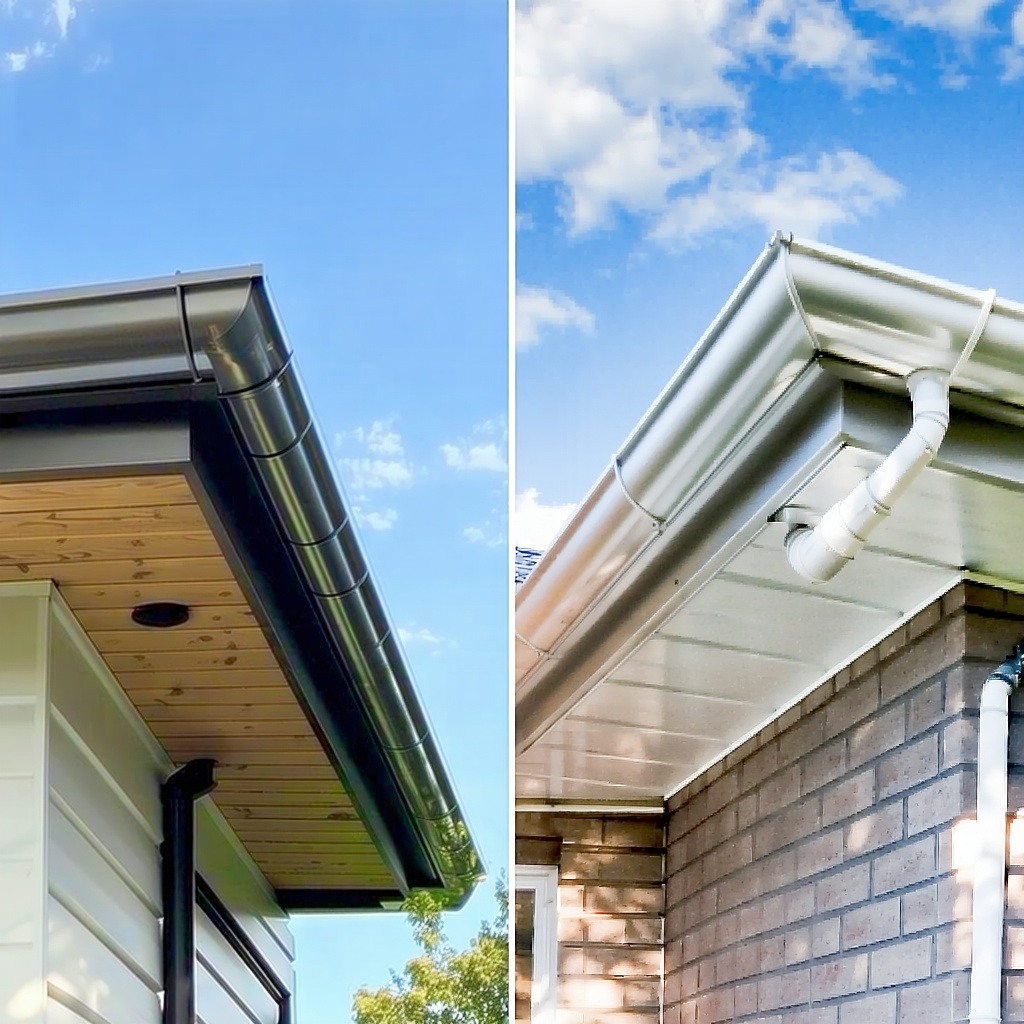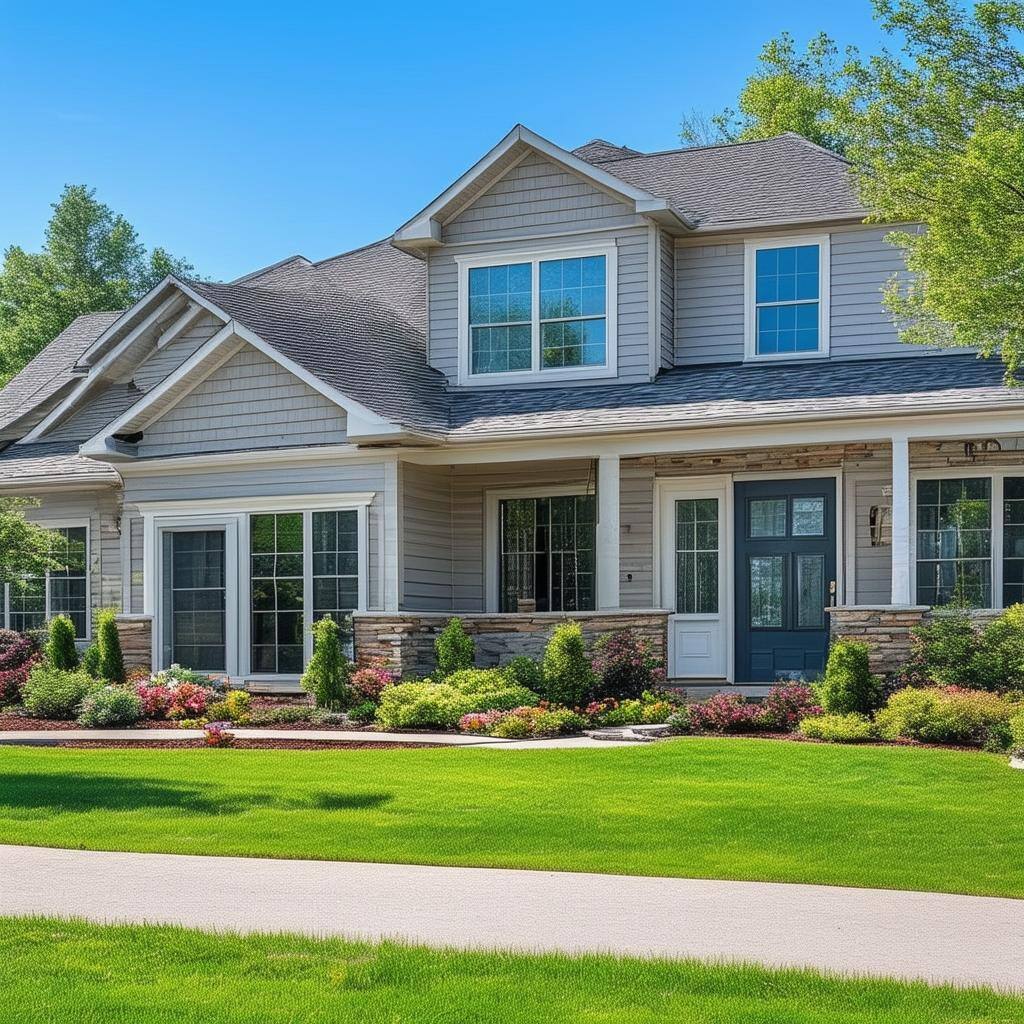Solving Common Skylight Problems: Leaks, Condensation, And More
Discover how to tackle common skylight issues such as leaks and condensation with expert tips and solutions.
Understanding Skylight Leaks
Skylight leaks can be a common problem that homeowners face. These leaks can lead to water damage and affect the overall integrity of your skylight. To understand skylight leaks, it's important to know the possible causes. One common cause is improper installation. If the skylight isn't installed correctly, it can create gaps or openings where water can seep through. Another cause can be damaged or deteriorated flashing. The flashing is the material that helps seal the area around the skylight, and if it becomes damaged, water can find its way in. Additionally, cracked or broken glass can also be a source of leaks. If you notice any signs of a leak, such as water stains or dripping, it's important to address the issue promptly to prevent further damage. It's recommended to seek professional help to properly diagnose and fix the leak.
Another important aspect of understanding skylight leaks is identifying the different types. There are two main types of skylight leaks: active leaks and latent leaks. Active leaks are leaks that are actively causing water intrusion and can be immediately noticed. Latent leaks, on the other hand, are leaks that are present but not yet causing visible water damage. These leaks can be more difficult to detect but can still lead to issues over time. Regular inspection and maintenance of your skylight can help identify and address any leaks before they become major problems.
Preventing Condensation Build-Up
Condensation build-up is another common issue that can occur with skylights. Condensation happens when warm, moist air comes into contact with a cold surface, causing the moisture in the air to condense into water droplets. Skylights are particularly susceptible to condensation because of the temperature difference between the interior and exterior of the skylight. To prevent condensation build-up, there are several steps you can take. First, ensure proper insulation around your skylight. Proper insulation helps regulate the temperature and reduces the likelihood of condensation. Additionally, improving ventilation in the room where the skylight is located can help reduce moisture levels and prevent condensation. If condensation continues to be a problem, you may need to consider installing a dehumidifier in the room to further remove excess moisture from the air.
Regular maintenance and cleaning of your skylight can also help prevent condensation build-up. Keep the glass clean to allow for better heat transfer and reduce the likelihood of condensation. Additionally, check the sealant and flashing around the skylight regularly to ensure there are no gaps or areas where moisture can enter. By taking these preventive measures, you can minimize the occurrence of condensation and maintain a comfortable and dry environment in your home.
Addressing Skylight Insulation Problems
Proper insulation is crucial for skylights to prevent issues such as heat loss, drafts, and condensation. If you're experiencing insulation problems with your skylight, there are a few potential causes to consider. One common issue is inadequate insulation around the skylight frame. This can allow air to escape or enter, leading to temperature imbalances and energy loss. Another possible problem is insulation gaps or voids in the surrounding roof area. Insufficient insulation in the roof can result in heat transfer and affect the performance of the skylight. To address these insulation problems, it's best to consult with a professional. They can assess the current insulation and recommend solutions such as adding weatherstripping, applying insulation foam, or improving the overall insulation in the roof area.
In addition to addressing insulation problems, it's important to consider the type of skylight you have. Different skylight materials have varying insulation properties. For example, double-glazed skylights offer better insulation compared to single-glazed skylights. If you're looking to improve insulation, you may want to consider upgrading to a more energy-efficient skylight. This can not only enhance insulation but also reduce energy costs and create a more comfortable living environment.
Dealing with Skylight Cracks and Damage
Skylight cracks and damage can compromise the performance and safety of your skylight. It's important to address these issues promptly to prevent further damage and potential safety hazards. If you notice any cracks or damage to your skylight, it's recommended to seek professional help for repair or replacement. They can evaluate the extent of the damage and determine the best course of action.
In some cases, minor cracks can be repaired using sealants or specialized skylight repair kits. However, if the damage is extensive or affects the structural integrity of the skylight, replacement may be necessary. It's important to consider the age and condition of your skylight when making this decision. Older skylights may be more prone to damage and may benefit from replacement with a newer, more durable model. Regular inspection and maintenance of your skylight can help identify any cracks or damage early on, allowing for timely repairs and preventing further issues.
Maintaining and Cleaning Skylights
Regular maintenance and cleaning are essential to keep your skylights in good condition and prevent common problems. Here are some tips for maintaining and cleaning your skylights:
- Clean the glass regularly using a mild glass cleaner and a soft cloth. Avoid using abrasive materials or harsh chemicals that can damage the glass.
- Check the sealant and flashing around the skylight for any signs of wear or damage. Replace any worn-out sealant or repair damaged flashing to ensure a watertight seal.
- Remove any debris, such as leaves or branches, that may have accumulated on the skylight or in the surrounding area. This helps prevent clogs and potential water damage.
- Inspect the skylight for any signs of cracks, leaks, or other damage. Address any issues promptly to prevent further damage.
- Consider scheduling professional maintenance at least once a year. A professional can perform a thorough inspection, clean hard-to-reach areas, and identify any potential problems that may require attention.
By following these maintenance and cleaning practices, you can extend the lifespan of your skylight and ensure optimal performance.


